Architects: AZUT | Area: 12689 m² | Year: 2021 | Photographs: Qingshan Wu | Lead Architects: Lei Zhuang, Jun Li
Unveiling the Panorama: Project Overview
A Cultural Tapestry Unfolds in the Asian Games Cricket Field
Sitting gracefully on the west side of Zhejiang University of Technology’s Pingfeng Campus, the Asian Games Cricket Field, designed by AZUT, emerges as a cultural marvel on a 49,400 square meter canvas. Nestled at the foot of the Ziwu Tide Mountain within the Ziwu Tide National Forest Park, this architectural gem harmonizes with nature while resonating with the rich cultural tapestry of Hangzhou.
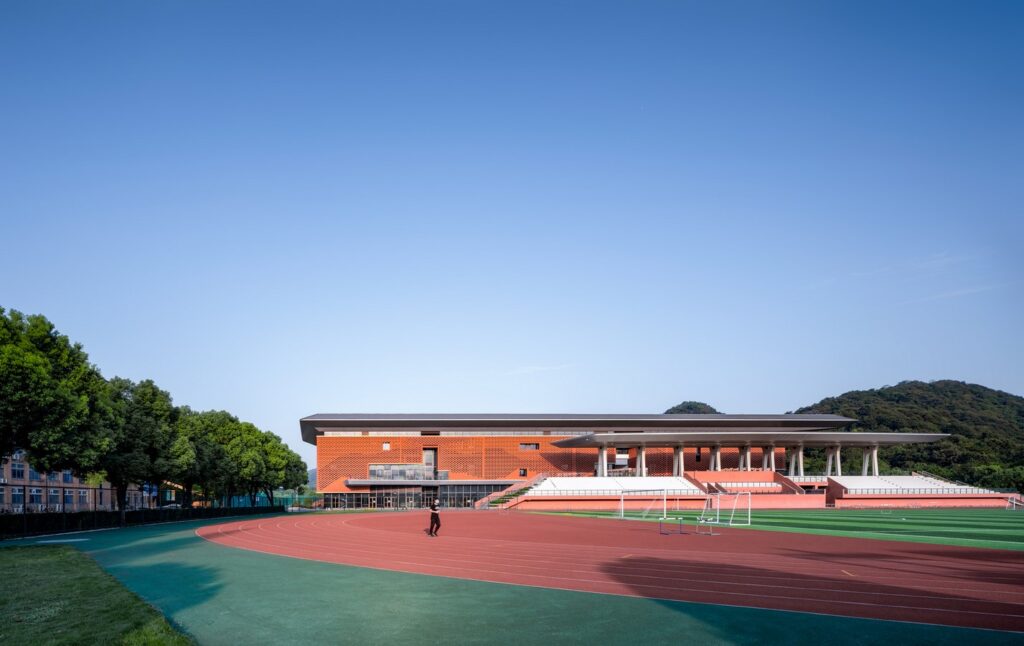
The Red Lantern Symphony
An Architectural Tribute to Tradition
In the pursuit of showcasing China’s traditional culture to the world, the design draws inspiration from the ubiquitous “red lanterns” symbolizing reunion and celebration. Embracing the philosophy of “using local materials according to local conditions,” the architects seamlessly integrate the charm of Hangzhou into the cricket field. Classic red bricks, known as “Gong Da Red,” weave an emotional architectural language, connecting the building with the campus’s cultural and historical heritage. The imposing “big roof” becomes a symbolic representation, fusing the four-sloped roof form of the original campus with innovative angles, creating a visually striking effect.

A Cerulean Narrative: “Rich Spring Residence in Ceramic Tiles”
Deconstructing Landscapes in Ceramic Tiles
Centered around “ecological aesthetics,” the design draws inspiration from traditional landscape paintings, specifically the “Rich Spring Residence.” This inspiration materializes in a double-layer structure featuring a unique “brick curtain” with a 1.8-meter gap. The ceramic tiles, resembling a brush’s strokes, are meticulously arranged to mimic the close and distant landscapes of mountains. Using parametric design, the distribution of openings integrates the “Rich Spring Residence” seamlessly with the cricket field’s functional needs. The design harnesses natural light to create a space filled with narrative and experience, reinterpreting nature’s beauty.
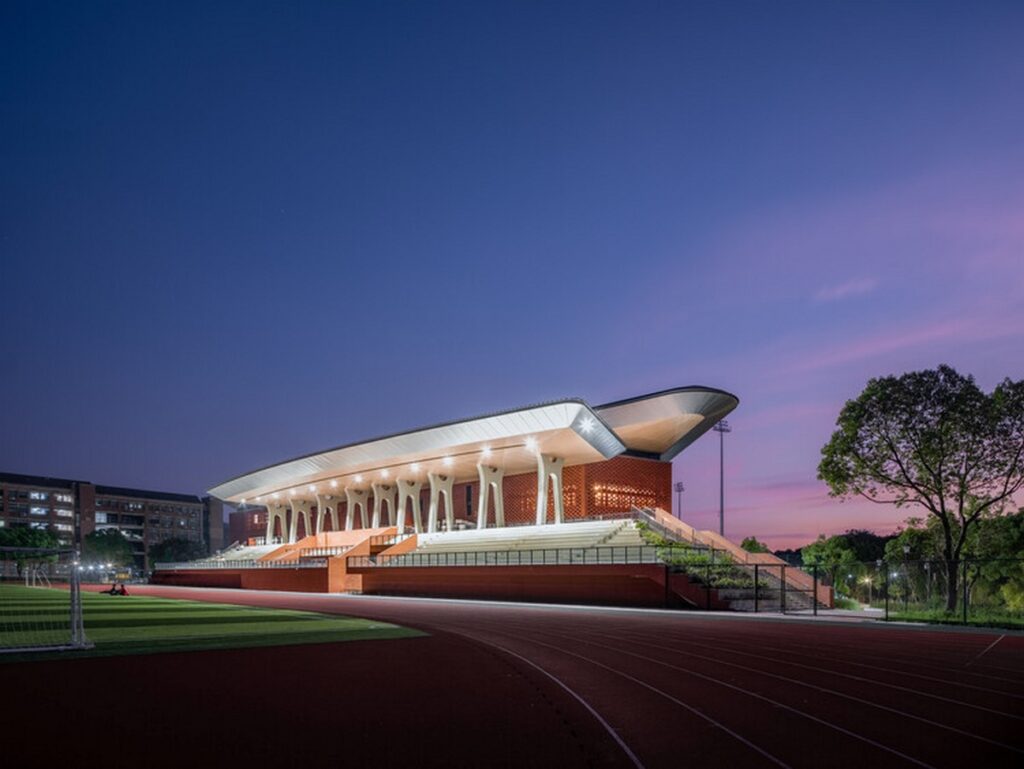
Post-Asian Games Legacy: Coexistence of Sustainable Architecture
Transforming Spaces for a Sustainable Future
Beyond the Asian Games, the cricket field stands as a beacon for sustainable architecture. Designed for a full life cycle and multifunctional use, it serves as a nexus between culture and life. Post-Games, it transforms into a hub for various university activities, maintaining its original event functions and outdoor spaces. The building’s thoughtful design creates an inner street, connecting public spaces and seamlessly integrating with the university campus. This architectural masterpiece not only defines physical space but also symbolizes a contemplation on sports architecture’s role in the new era, envisioning sports as a catalyst for healthy urban development.
As the cricket field in Hangzhou embraces its multifaceted role, it aspires to leave a lasting legacy, not just as an architectural marvel but as a testament to the power of sports in shaping cities and fostering cultural intersections.



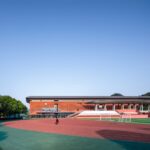




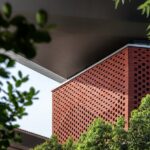
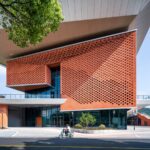
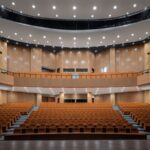



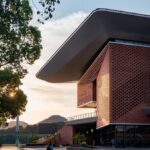
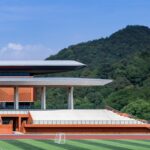

Leave a Reply